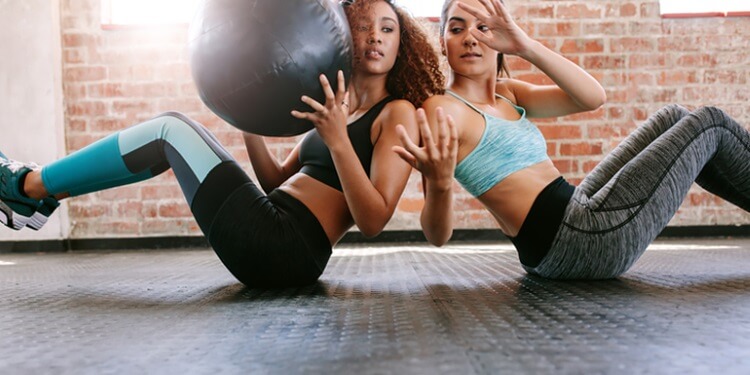
Functional training is a hot topic currently among athletes of all kinds. Fitness enthusiasts are also turning to functional training because it’s a common-sense approach which enhances overall wellness and physical function.
Functional training is geared to improving biomechanics and the general response of the body overall, through targeted exercises which mimic the daily activities we’re all tasked with. Functional training is a format for honing the way we move, to enhance the way we perform not just in sports, but in life.
We repeat certain movements as part of living. Pulling, pushing, walking, twisting and carrying are activities we take for granted in our daily lives. Functional training takes these movements and improves the way we perform them, preparing the body for more advanced, intense physical activity by enhancing baseline movement.
So, how does functional training improve agility and coordination in Athletes? Let’s find out.
Naturalism
The foundation on which functional training is built is naturalism. By taking movements we do naturally, this mode of exercise improves the way we perform all movement. By stabilizing the body in a way which acknowledges its most mundane uses, movement is perfected. That prepares athletes more fully for their sports.
Muscle groups are engaged simultaneously instead of in isolation, which is natural. But while you’re doing that, you’re improving every aspect of your body’s readiness to perform, from agility and coordination to strength, power, flexibility and endurance.
Multiple applications
Elite athletes are turning to functional training as it becomes increasingly clear that an isolated approach to training, working individual groups of muscles, is less effective than working entire muscle chains at once.
For people who aren’t athletic and who don’t move around as much as they should, functional training restarts their relationships to their bodies and reshapes the way they use them. Physical and movement therapists originally used the model for people who’d been through trauma like car accidents or surgery.
But now, athletes are discovery that functional training radically improves baseline functions – a reality that trickles up to performance in their chosen sports.
Equipment and exercises
To illustrate how functional training approaches exercise and movement reform, knowing about some of the equipment used is helpful.
An overhead bar is one of the most important training tools for this style of exercise. It can be used to hang from or perform pull-ups.
Kettlebells are another important item used in functional training. These help you develop cardiovascular endurance, as well as strength and flexibility.
Burpees are one of the most popular of the functional training exercises. This exercise trains for agility by starting in a standing position, squatting, then going into a push-up, rising and then, jumping – all in rapid succession.
Planks and push-ups are other functional training exercises you’ll be familiar with which employ the weight of the body to build strength.
Functional training helps prepare athletes to perform optimally by restructuring the way they move in a very natural, common-sense manner.
Contact Back & Body for multi-disciplinarian care with a focus on athletes.









